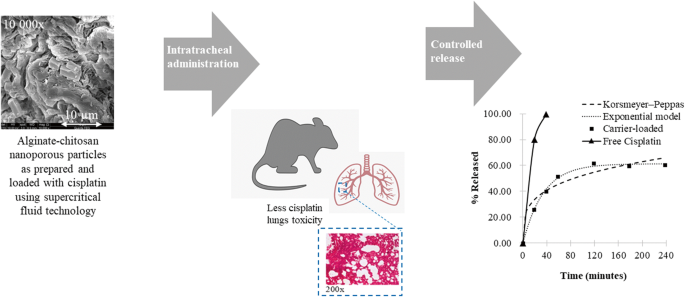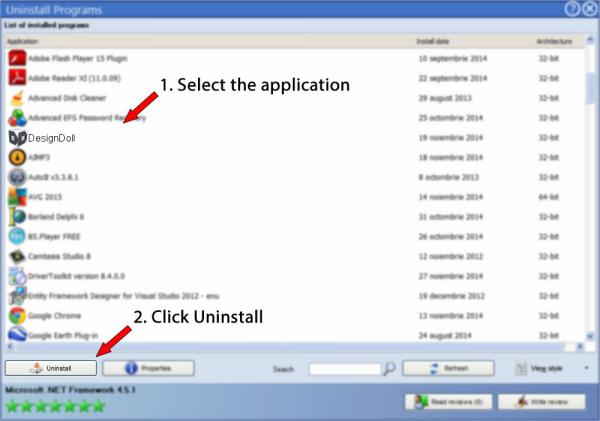

- REMOVE LOADING RESTRICTION ON DESIGN DOLL FREE DRIVERS
- REMOVE LOADING RESTRICTION ON DESIGN DOLL FREE DRIVER
The first permanent HOV facility in California was the bypass lane at the San Francisco–Oakland Bay Bridge toll plaza, opened to the public in April 1970. According to the Federal Highway Administration (FHWA), the Lincoln Tunnel XBL is the country's HOV facility with the highest number of peak hour persons among HOV facilities with utilization data available, with 23,500 persons in the morning peak, and 62,000 passengers during the four-hour morning peak. The second freeway HOV facility was the contraflow bus lane on the Lincoln Tunnel Approach and Helix in Hudson County, New Jersey, opened in 1970. Three or more people in a vehicle (HOV 3+) are required to travel on the facility during rush hours on weekdays. As of 2012, the I-95/I-395 HOV facility is 30 mi (48 km) long, extends from Washington, D.C., to Dumfries, Virginia, and has two reversible lanes separated from the regular lanes by barriers, with access through elevated on- and off-ramps.

Average travel time in the HOV facility was 29 minutes, and 64 minutes in the general traffic lanes. In 2005, the two lanes of this HOV 3+ facility carried during the morning peak hour (6:30 am to 9:30 am) a total of 31,700 people in 8,600 vehicles (3.7 persons/veh), while the three or four general-purpose lanes carried 23,500 people in 21,300 vehicles (1.1 persons/veh).

The busway was opened in December 1973 to carpools with four or more occupants, becoming the first instance in which buses and carpools officially shared a HOV lane over a considerable distance. Shirley Memorial Highway in Northern Virginia, between Washington, DC, and the Capital Beltway, and was opened in 1969 as a bus-only lane. The first freeway HOV lane in the United States was implemented in the Henry G. Major growth occurred from the mid-1980s to the late 1990s. The introduction of HOV lanes in the United States progressed slowly during the 1970s and early 1980s.
REMOVE LOADING RESTRICTION ON DESIGN DOLL FREE DRIVER
High-occupancy toll lanes (HOT lanes), which allow solo driver vehicles to use HOV lanes on payment of a fee which varies depending on demand, have also been introduced in the United States and Canada.īefore 2020, Caltrans traditionally preferred to use the term "carpool" in lieu of "HOV," as seen on Interstate 405 in Los Angeles.
REMOVE LOADING RESTRICTION ON DESIGN DOLL FREE DRIVERS
Slugging lines are common in some places, where solo drivers pick up a passenger to share the ride and allow them to use the HOV lane. For places without such services, online rideshare communities can serve a similar purpose. Regional and corporate-sponsored vanpools, carpools, and rideshare communities give commuters a way to increase occupancy.

HOV lanes are normally introduced to increase average vehicle occupancy and persons traveling with the goal of reducing traffic congestion and air pollution, although their effectiveness is questionable. Many jurisdictions exempt other vehicles, including motorcycles, charter buses, emergency and law enforcement vehicles, low-emission and other green vehicles, and/or single-occupancy vehicles paying a toll. The normal minimum occupancy level is 2 or 3 occupants. According to the criteria used there are different types of lanes: temporary or permanent with concrete barriers two-directional or reversible and exclusive, concurrent or contraflow lanes working in peak periods. These restrictions may be only imposed during peak travel times or may apply at all times. A high-occupancy vehicle lane on Interstate 5 in Seattle, Washington, United States.Ī high-occupancy vehicle lane (also known as an HOV lane, carpool lane, diamond lane, 2+ lane, and transit lane or T2 or T3 lanes) is a restricted traffic lane reserved for the exclusive use of vehicles with a driver and one or more passengers, including carpools, vanpools, and transit buses.


 0 kommentar(er)
0 kommentar(er)
